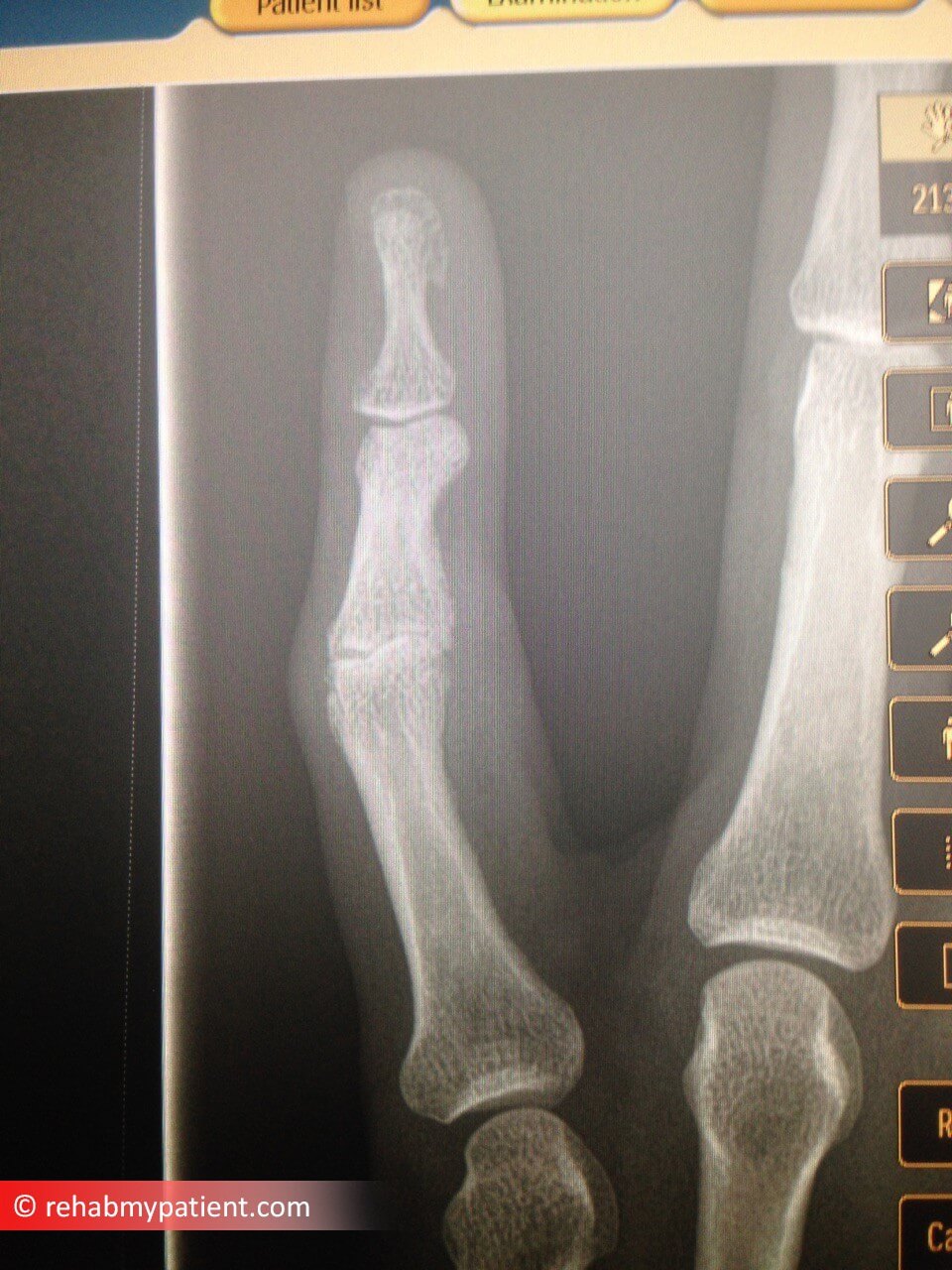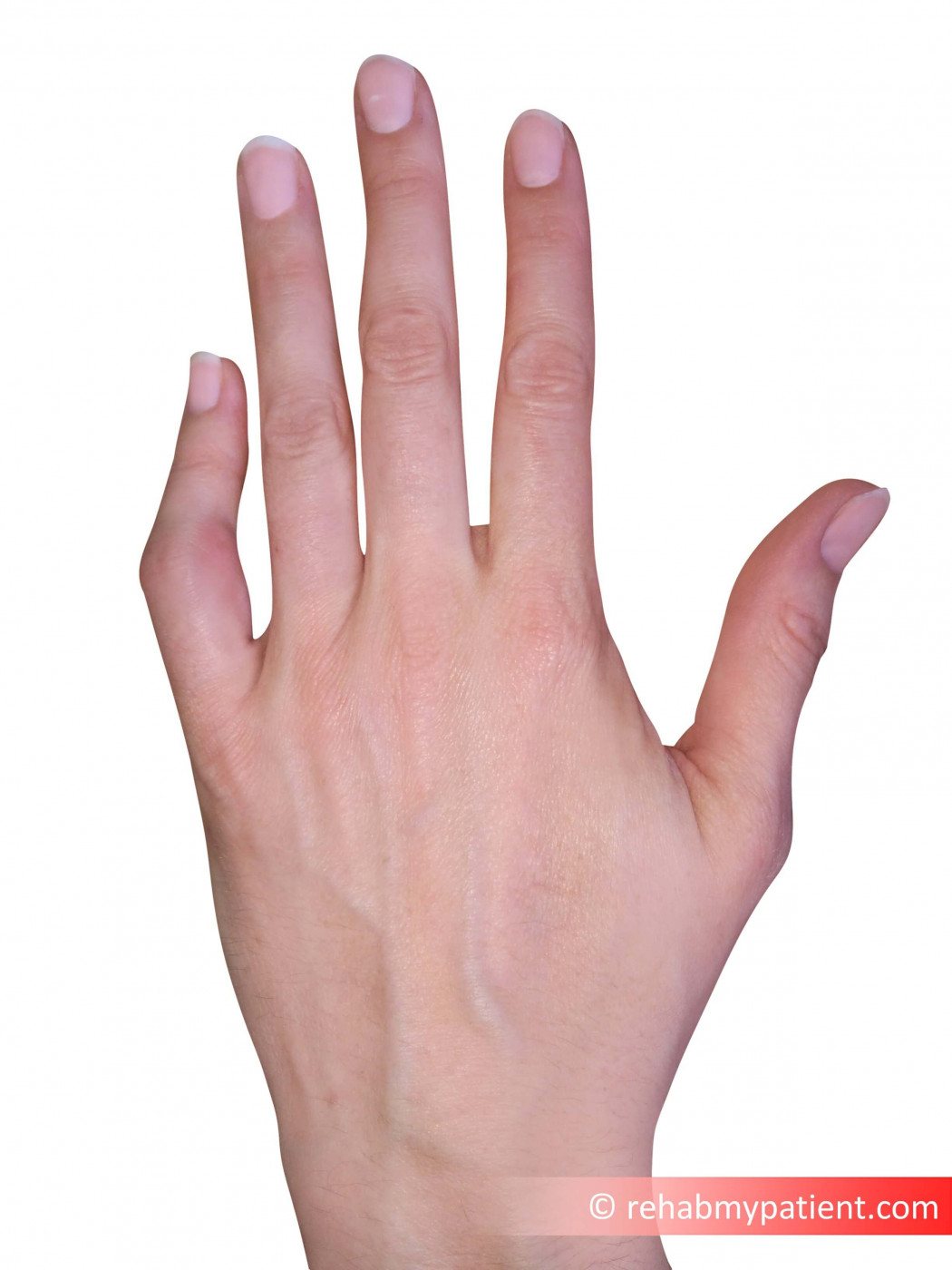
PIP joint dislocations occur when trauma causes the bones within the middle joints in the fingers to become dislodged. This often results in a painful, bruised and swollen joint that doesn’t move properly, if it moves at all. Sprains occur when the ligaments are pulled or torn and can occur without the joint being dislocated.
Dislocations and sprains that are suspected need to be evaluated and treated as quickly as possible. It is imperative that the injured area isn’t moved to prevent injuring it even further.
Finger Proximal Interphalangeal Joint Dislocation Anatomy
All of the fingers have three distinct bones in them, while the thumb only has two bones. At each one of the joints, the bones are held into place with ligaments. The main ligament each side of the finger is the collateral ligament, and it’s this ligament that is torn when you dislocate the finger. Muscles within the forearm or hand turn into tendons, which attaches the bones to the finger. It is the muscles that move the fingers by pulling the tendons back. All of the bones are attached to the five metacarpal bones making up the body in the hand.
The majority of finger dislocations occur as blunt trauma in sport. Often catching a ball at a funny angle and catching the finger is enough. Or rugby and American football injuries can also dislocate the finger.



A patient who suffered a dislocated PIP joint, now relocated but still showing signs of deviation due to a torn ligament / volar plate injury.
How to Treat a Finger Proximal Interphalangeal Joint Dislocation:
- Immobilization
Sprains are often treated using an immobilization splint when performing any risky activities. Otherwise, buddy taping the injured finger to the one next to is recommended. In most cases, small dislocations go right back into place as soon as they come out. A severe dislocation that doesn’t go back in straight away should be set into position in an emergency room or urgent care clinic. You will need to have the dislocation followed up with a surgeon to be assessed for any instability that might need surgical intervention.
- Ice
Applying ice to the affected area for 10 minutes at a time every couple of hours will help to minimize the pain and reduce the inflammation. You should use ice for the first couple days to see how your condition is progressing and whether the swelling is going down or not. It is not uncommon to have swelling for many months around the site of the dislocation however, or even a visible bump each side of the finger.
- Anti-Inflammatory Medication
For those who are having a lot of pain and inflammation, an anti-inflammatory medication might be needed to help provide you with some degree of relief. Use only for the short term.
- Realignment of Bones
Based on your specific dislocation or break, you might need to have the bones realigned to allow them to properly heal.
- Cast or Splint
If the dislocation or break is too severe, you might need to have a splint or cast put into place to help secure the finger in position and allow it the proper time needed to heal.
- Therapy
Exercises for your finger are very important to stop permanent stiffness.
Tips:
- When engaging in contact sports, you need to be careful not to dislocate your fingers.
- For those who naturally have weak ligaments, a finger proximal interphalangeal joint dislocation is more likely to occur.
- The most common cause of a joint dislocation is from an injury to the hand or direct trauma.
- If you suspect a dislocation has occurred, you need to apply ice to the area immediately to help minimize swelling.
- For those who are prone to falling, you need to be careful not to fall on the hand or a joint dislocation might ensue.
Sign Up
Sign up for your free trial now!
Get started with Rehab My Patient today and revolutionize your exercise prescription process for effective rehabilitation.
Start Your 14-Day Free Trial